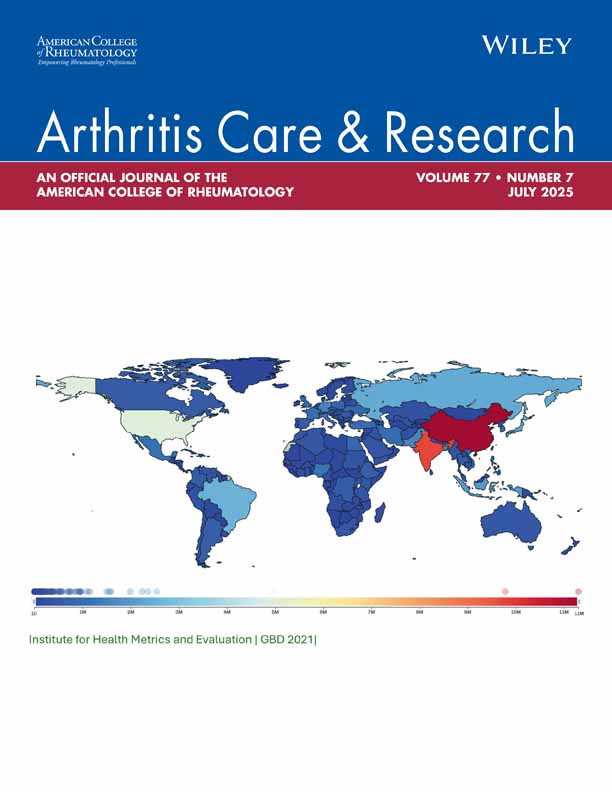Changing spectrum of the diffuse infiltrative lymphocytosis syndrome
Abstract
Objective
To describe the changing clinical spectrum of patients with diffuse infiltrative lymphocytosis syndrome (DILS) after the introduction of highly active antiretroviral treatment (HAART), and to carry out HLA class II oligotyping in these patients.
Methods
A retrospective chart review of patients with DILS who were referred to an outpatient facility for human immunodeficiency virus (HIV)–positive individuals between 1994 and 2003 was performed. DILS was diagnosed as suggested by previous criteria. Demographic features and relevant clinical, laboratory, and radiologic data were recorded and results analyzed.
Results
A total of 129 patients with DILS were identified. Of them, 56 (43%) were African American, 41 (32%) were white, and 32 (25%) were Hispanic. Parotid gland swelling appeared to be the sine qua non of DILS. Twenty-seven percent of patients had opportunistic infections. The status of 103 patients was available as of December 2003: 26 (25%) had died, of which only 6 (6%) succumbed to opportunistic infections. The prevalence of DILS had significantly decreased in the post-HAART era (1998 onwards) compared with that of the pre-HAART period (P < 0.000001). The prevalence of lymphocytic interstitial pneumonitis had also dropped significantly following introduction of HAART therapy (P = 0.015). A higher frequency of certain HLA class II alleles (DRB1) was found in African Americans with DILS compared with those with HIV without DILS (P = 0.006).
Conclusion
The epidemiology, clinical presentation, and certain extraglandular manifestations of DILS have changed, concomitant with the introduction of HAART, further suggesting that DILS is an antigen (viral)-driven response and the primary treatment for it is anti-HIV therapy.




